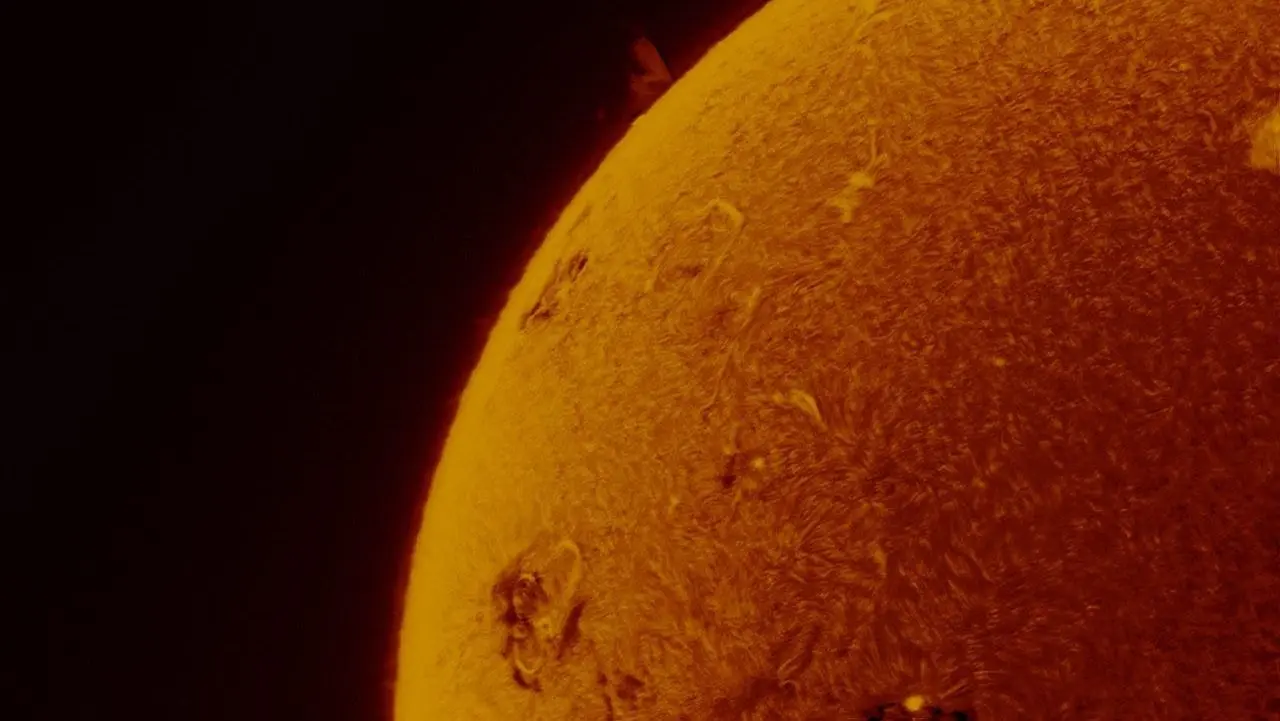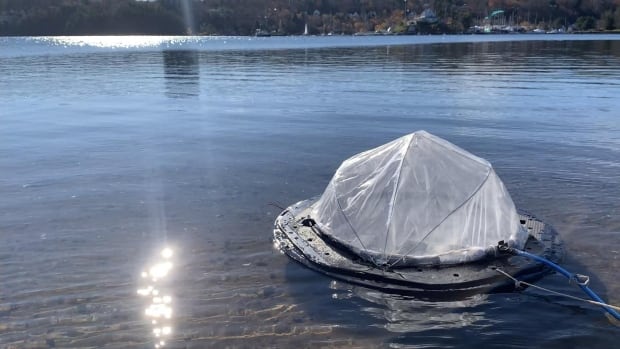Black holes seen grabbing wayward stars in 3D simulation
At Northwestern University, astrophysicists conducted a simulation in which black holes can be seen “taking bites” out of stars — then spitting out the remains “like messy toddlers.” Check out this mesmerizing video showing 3D computer simulations!
- The Webb Space Telescope has made a new discovery of the earliest known merger of black holes.
- One of the black holes involved is 50 million times more massive than the sun, while the size of the other one is similar but obscured by dense gas.
- The new findings suggest that mergers play a significant role in the rapid growth of black holes.
The Webb Space Telescope has discovered the earliest known merger of black holes.
These two gigantic black holes and their galaxies consolidated just 740 million years after the universe-forming Big Bang. It’s the most distant detection ever made of merging black holes, scientists reported Thursday.
One black hole is 50 million times more massive than our sun. The other is thought to be similar in size, but is buried in dense gas, which makes it harder to measure.
DISCOVER THE UNIVERSE’S OLDEST BLACK HOLE, DEFYING THE MYSTERIES OF SPACE
Until now, astronomers weren’t sure how supermassive black holes got so big.

This image released by NASA shows the ZS7 galaxy system, revealing the ionized hydrogen emission in orange and the doubly ionized oxygen emission in dark red. The Webb Space Telescope has discovered the earliest known merger of black holes. (ESA/Webb, NASA via AP)
The latest findings, published in the Monthly Notices of the Royal Astronomical Society, suggest mergers are how black holes can grow so rapidly — “even at cosmic dawn,” said lead author Hannah Ubler of the University of Cambridge.
“Massive black holes have been shaping the evolution of galaxies from the very beginning,” Ubler said in a statement.
CLICK HERE TO GET THE FOX NEWS APP
Launched in 2021 as the eventual successor to NASA’s Hubble Space Telescope, Webb is the biggest and most powerful observatory ever sent into space. A joint U.S.-European project, the infrared observatory surveys the universe from a location 1 million miles from Earth.





